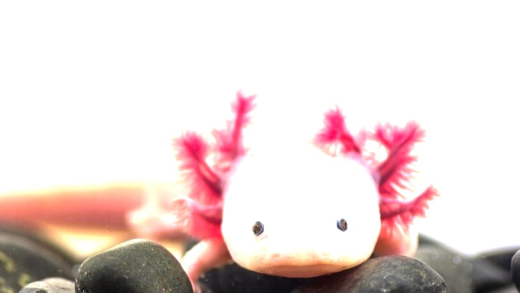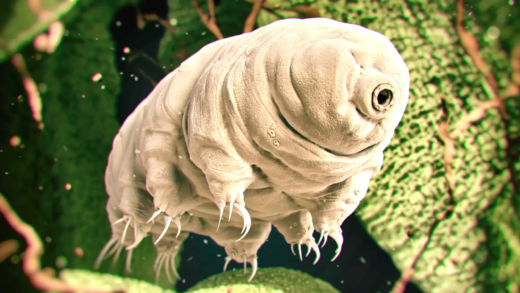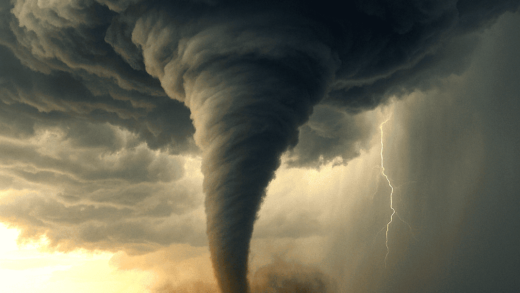Venomous backyard creatures are crucial for ecological balance, serving as predators and prey. Understanding local and exotic venom dangers is essential for safety. First aid for bites includes cleaning the wound and seeking medical help. Debunking myths about these animals helps reduce fear and promotes coexistence.
Common Venomous Creatures
Venomous backyard creatures can pose significant risks to unsuspecting homeowners and their families. Among the most common culprits are snakes, spiders, and insects. Understanding which creatures may be lurking in your yard is the first step in ensuring safety. Here are some common venomous animals:
- Eastern Diamondback Rattlesnake: Recognizable by its large size and distinctive diamond-shaped patterns, this snake is prevalent in the southeastern United States.
- Black Widow Spider: Known for its glossy black body and red hourglass marking, this spider can deliver a painful bite.
- Brown Recluse Spider: This spider is light brown with a violin-shaped mark on its back, often hiding in dark places.
- Yellow Jacket: A type of wasp, these insects can be aggressive and are known for their painful stings.
By familiarizing yourself with these creatures, you can take preventive measures and avoid encounters that might lead to dangerous bites or stings.
Identifying Venomous Animals
Identifying venomous animals is crucial for safety in your backyard. Each species has distinct features that can help you recognize them. For instance, venomous snakes often have triangular heads and slit-like pupils, which set them apart from non-venomous species. Similarly, the markings on spiders can vary greatly:
- Black Widow: A shiny black body with a vivid red hourglass.
- Brown Recluse: A violin-shaped pattern that is often overlooked.
Insects like yellow jackets can be identified by their black and yellow striped bodies and aggressive behavior. Understanding these characteristics can help you spot a potentially dangerous creature before it becomes a threat.
Symptoms of Venomous Bites
Recognizing the symptoms of venomous bites is essential for timely treatment. After being bitten or stung, individuals may experience various symptoms depending on the creature involved. Common signs include:
- Pain and swelling at the bite site.
- Redness and warmth around the affected area.
- Nausea or vomiting.
- Difficulty breathing or swallowing in severe cases.
Immediate medical attention may be necessary, especially if the victim shows signs of an allergic reaction or severe pain. Knowing these symptoms can save lives and prevent serious complications.
What to Do If You Encounter One
Encountering a venomous creature can be alarming, but knowing how to react is crucial. Here are steps to follow if you come face-to-face with one:
- Stay Calm: Panic can lead to rash decisions. Take a deep breath and assess the situation.
- Do Not Approach: Keep your distance. Most venomous animals will retreat if left alone.
- Observe: Take note of the creature’s characteristics. This can help you identify it later for medical assistance.
- Back Away Slowly: If the animal is not aggressive, slowly back away without making sudden movements.
- Seek Shelter: Move indoors or to a safe location where you can avoid further encounters.
- Call for Help: If someone is bitten, call emergency services immediately. Provide them with as much information as possible.
By following these steps, you can minimize the risk of a dangerous encounter with venomous backyard creatures.
Regional Prevalence
The prevalence of venomous backyard creatures varies greatly depending on your location. Understanding where these creatures are commonly found can help you prepare and stay safe. For instance:
- Southern United States: Home to species like the Eastern Diamondback Rattlesnake and various venomous spiders.
- Western United States: The Western Rattlesnake and Gila Monster are notable mentions.
- Midwestern Regions: The Brown Recluse Spider and some wasp species are prevalent.
- Northeast: The Black Widow Spider is a concern, although less common than in the South.
Researching local wildlife can provide insights into the specific venomous creatures in your area, allowing for better preparation.
Preventing Encounters
Preventing encounters with venomous creatures is key to ensuring safety in your backyard. Here are some effective tips to keep your yard safe:
- Maintain Your Yard: Regularly mow your lawn and trim bushes to reduce hiding spots for snakes and insects.
- Clear Debris: Remove piles of leaves, wood, or rocks where creatures might nest.
- Seal Cracks: Check your home for openings where venomous creatures can enter and seal them.
- Use Safe Pest Control: Consider natural repellents or professional pest control to manage insect populations.
- Educate Family Members: Teach your family about local venomous creatures and safe practices.
By implementing these preventative measures, you can significantly reduce the risk of unwanted encounters with venomous backyard creatures.
Ecological Importance of Venomous Creatures
Venomous backyard creatures play a vital role in maintaining ecological balance. These creatures often serve as both predators and prey within their ecosystems. For example, snakes regulate rodent populations, which can prevent crop damage and the spread of diseases. Spiders, on the other hand, help control insect populations, reducing the need for chemical pest control. Furthermore, many venomous species contribute to biodiversity, which is essential for ecosystem resilience. By understanding their ecological roles, we can appreciate their importance and strive to coexist peacefully.
Local vs Exotic Venom: A Comparative Analysis
When discussing venomous backyard creatures, it’s essential to compare them with exotic species. Local venomous animals, like the Eastern Diamondback Rattlesnake, tend to be less aggressive and usually avoid human interaction. In contrast, some exotic species can be more dangerous due to their potent venom and aggressive behavior. For instance, the Brazilian Wandering Spider has a bite that can cause severe symptoms and is known for its willingness to attack if threatened. Understanding these differences can help individuals gauge the risks associated with local versus exotic venomous creatures.
First Aid for Venomous Bites and Stings
Knowing the correct first aid for bites and stings from venomous creatures can be lifesaving. Here are essential steps to follow:
- Remain Calm: Panic can exacerbate symptoms.
- Clean the Wound: Wash the bite or sting area with soap and water.
- Apply Ice: Use ice packs to reduce swelling and pain.
- Seek Medical Attention: Contact a healthcare provider if symptoms worsen or if the bite is from a known venomous species.
- Monitor Symptoms: Keep an eye on any changes in the victim’s condition.
These measures can help alleviate discomfort and prevent serious complications from venomous bites.
Debunking Myths About Venomous Creatures
There are many myths surrounding venomous backyard animals that can lead to unnecessary fear. One common misconception is that all snakes are aggressive and will attack humans on sight. In reality, most snakes prefer to avoid confrontation. Another myth is that all spiders are dangerous; while some are venomous, many pose little risk to humans. Understanding the truth behind these myths can foster a more informed and less fearful attitude towards these fascinating creatures.





Comments are closed.